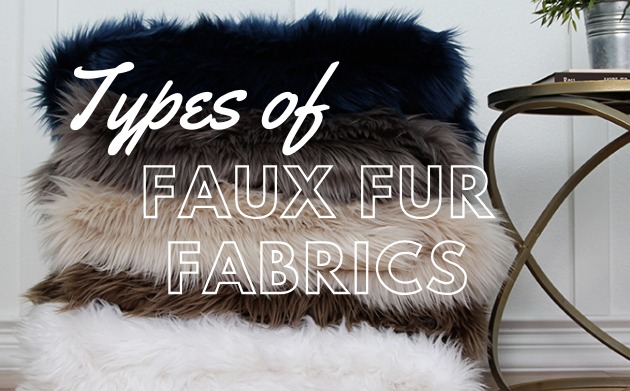As the winter season approaches, it's time to bring out the cozy and warm clothing to combat the chilly temperatures. Faux fur fabrics have gained immense popularity in recent years as a stylish and ethical alternative to real fur. These fabrics not only offer warmth but also provide a luxurious and fashionable look. With various types of faux fur fabrics available in the market, it's essential to understand their characteristics and choose the best one suited for winter. In this article, we will explore different types of faux fur fabrics and determine which fabric is the best for winter.
Polyester Faux Fur:
Polyester faux fur is one of the most common types available and is known for its affordability and durability. It is made from synthetic fibers and is often blended with other materials like acrylic and modacrylic to improve its softness and texture. Polyester faux fur is lightweight, easy to care for, and provides good insulation, making it suitable for winter wear. However, it may not offer the same level of warmth as some other types of faux fur fabrics.
Read More: Trendy Faux Fur Fabric in Winter 2023
Acrylic Faux Fur:
Acrylic faux fur is another popular choice for winter garments. It closely resembles real fur in terms of appearance and texture and is often used as a substitute for animal fur. Acrylic faux fur is soft, warm, and lightweight, making it an excellent option for winter clothing. It is also resistant to moisture, which is advantageous in cold and wet conditions. Acrylic faux fur is relatively easy to clean and maintain, making it a practical choice for winter wear.
Modacrylic Faux Fur:
Modacrylic faux fur is a high-quality synthetic material known for its exceptional softness and warmth. It closely resembles real fur and offers a luxurious look and feel. Modacrylic fibers have a high melting point, making them resistant to heat and flame. This characteristic adds an extra layer of safety, especially in winter when we tend to be near fireplaces and heaters. Modacrylic faux fur is durable and retains its shape well, making it suitable for various winter garments like coats, hats, and scarves.
Faux Sherpa:
Faux Sherpa is a fabric that imitates the look and feel of sheepskin. It is often used as a lining material in jackets, coats, and winter accessories. Faux Sherpa is typically made from polyester or acrylic fibers and provides excellent insulation and warmth. It has a soft and fluffy texture, which adds a cozy and luxurious touch to any winter outfit. Faux Sherpa is also moisture-wicking, making it ideal for outerwear garments that need to keep you dry in winter weather conditions.
Read More: How to Make a Faux Fur Pom Pom for a Hat in Minutes
Faux Suede with Faux Fur:
Faux suede with faux fur combines the softness and warmth of faux fur with the luxurious look and feel of suede. This fabric is commonly used for winter boots, gloves, and accessories. Faux suede provides a sleek and sophisticated appearance, while the faux fur lining adds extra warmth and comfort. It is important to note that while faux suede can resist moisture to some extent, it is not as water-resistant as other materials. Therefore, it is advisable to avoid wearing faux suede with faux fur in extremely wet conditions.
When it comes to choosing the best faux fur fabric for winter, the decision ultimately depends on personal preferences and specific needs. If warmth is a top priority, modacrylic faux fur or faux Sherpa would be excellent choices due to their exceptional insulation properties. However, if you're looking for a more affordable option, polyester or acrylic faux fur can provide adequate warmth and comfort. It's important to consider factors like climate, intended use, and personal style when selecting the fabric for your winter clothing.
In conclusion, faux fur fabrics offer a cruelty-free and stylish alternative to real fur, and they come in various types suited for winter wear. Polyester, acrylic, modacrylic, faux Sherpa, and faux suede with faux fur are some of the popular options available. Each fabric has its own unique characteristics, ranging from affordability and durability to softness and insulation. By understanding the different types of faux fur fabrics and considering your specific needs, you can make an informed decision and choose the best fabric for a warm and fashionable winter wardrobe.

Comments
Post a Comment